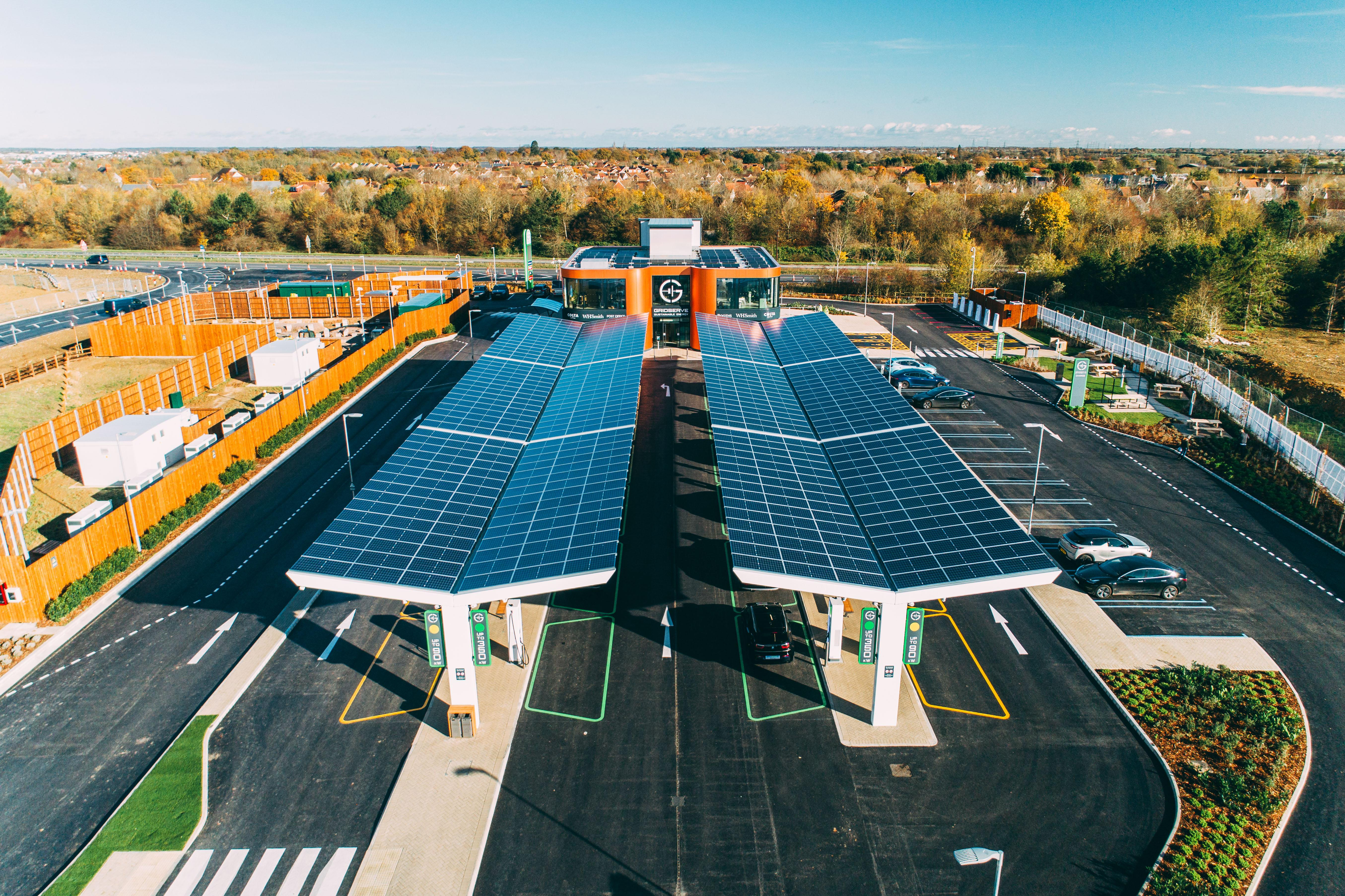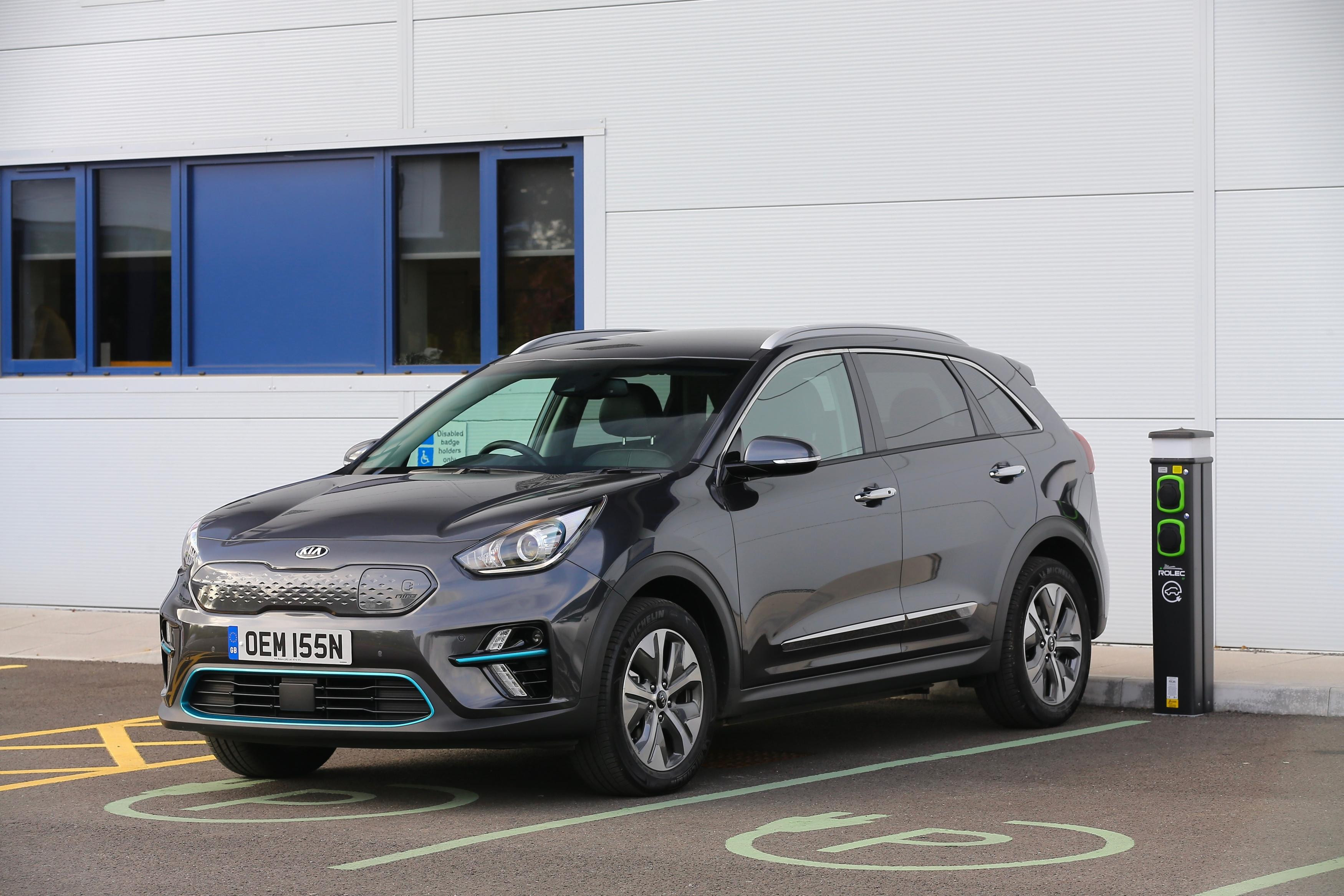What do I need to know about charging an electric car?

All you need to know about charging an electric car
Charging is absolutely central to the whole electric car experience. After all, without charge, an EV isn’t going anywhere, so it’s something you’ll be dealing with a fair bit if you’re looking to purchase a battery-powered model.
But what does charging involve and what do you need to know about it? Here, we break down some of the key things to bear in mind if you’re thinking about how an EV charges.
Range

Range is a core part of what an electric car is all about. It’s a measure of how far you’ll be able to travel on a single charge, with many cars now offering well over 300 miles between trips to the plug - though some models can go even higher than this.
However, it’s worth considering what type of driving you’re doing. Cars with greater ranges are often more expensive, so if you don’t actually need a super-long range, then a car that delivers less outright mileage - but costs less in the process - could be a better option.
Speed
Speed is another factor to bear in mind. You’ll find that chargers are rated in kilowatts - or kW - and the number preceding these two letters determines how fast a charger is. For instance, a slow charger - which you may use to fully charge an electric vehicle overnight with - will usually deliver around 7kW, whereas some of the speediest units, which can charge a car to 80 per cent in around 30 minutes, will deliver upwards of 150kW.
Something to bear in mind is the car’s charging limit. This determines how much charging speed an electric car can actually ‘accept’. So, for instance, if a car has a charging rate of 100kW, that’s the maximum that it’ll be able to charge at. So even if you plugged the car into a super-speedy 350kW unit, the quickest it’ll be able to charge is 100kW.
Battery capacity

Different electric cars have different-sized batteries. It’s best, if you’re new to the EV world, to think of electric car batteries as ‘tanks’. As with a petrol or diesel car, the larger the tank, the further a car can go without needing to stop. With EVs, this capacity is measured in kilowatt hours, or kWh.
You’ll often find that cars with a larger battery - or tank, remember - come equipped with a faster range of charge to compensate for having more space to fill. As we looked at earlier, this references the car’s charging limit - so a higher limit means that the car can accept a much quicker rate of charge, reducing waiting times in the process.
Payment
New legislation means that any new electric car charger now needs contactless payment compatibility. This allows you to rock up to a charger, tap your card or smartphone, plug in your car and start charging right away. It’s easily one of the most fuss-free ways of topping up your car.
However, older units which don’t have contactless payment may require you to download an app. Though this does take a little more time, you’ve then got it for future locations. Plus, if you sign up for certain charging services, you’ll get discounted rates of charge for a small monthly fee which, if you’re frequently charging at public stations, could make a big difference.
Pre-conditioning
Electric cars don’t work as effectively in the cold. Much like standard batteries, the ones in electric cars require more energy to power the vehicle in colder temperatures, therefore denting that all-important range more quickly.
One way to help solve this issue is by pre-conditioning. This system - which is available on many EVs - allows you to pre-set your departure time. Around 20 minutes prior to this time, the car will automatically start to pre-warm itself to make sure its battery is in the best possible operating window. It’ll also warm up the cabin, making it far more comfortable during the winter months. You can even pre-heat the heated seats on certain cars too.
Pricing
Much like petrol and diesel, the price you’ll pay at different chargers varies from place to place. Most of them base this price on speed, so the quickest chargers will carry a heftier premium over slow, overnight units. It’s worth bearing this in mind as it’ll affect how much your EV will cost to run.
So if you’re not in a hurry, using a slower charger could prove to be cheaper. Likewise, if you need to get to your destination more quickly, then paying a little extra for a speedier charge could be a better idea. Zap-Map, one of the UK’s largest EV charger mapping providers, is a great port of call for this as it shows you the pricing of each individual charger.


















